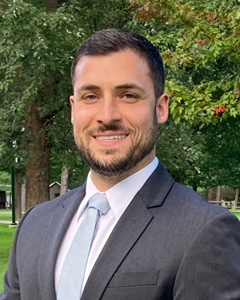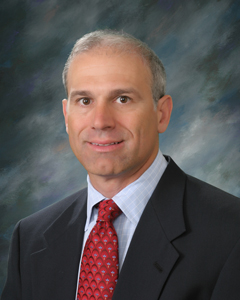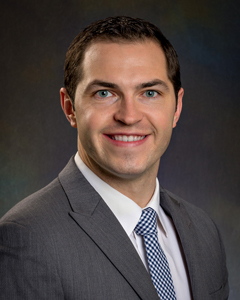Enlarged Prostate
Benign prostatic hyperplasia, also known as BPH, is an enlarged prostate that commonly causes urinary problems in men aged 50 years and older. It is a common condition that occurs as men age, causing the gland to press against the urethra and cause problems with urination. BPH may also be due to an excess of certain hormones in the body.
Comprehensive Care for Benign Prostate Hyperplasia (BPH) and Prostate Enlargement
At Pioneer Valley Urology in Springfield, MA, Palmer, MA, and Enfield, CT, we are dedicated to offering exceptional care for men experiencing Benign Prostate Hyperplasia (BPH) and prostate enlargement. With a deep understanding of how these conditions can impact quality of life, we provide a comprehensive approach that includes everything from lifestyle modifications to the most advanced surgical treatments available.
Behavioral and Lifestyle Management
The first line of defense against BPH often involves behavioral and lifestyle changes. Our experts work closely with patients to identify habits that may exacerbate symptoms and recommend effective strategies to manage them. Simple adjustments, such as reducing fluid intake before bedtime, limiting caffeine and alcohol consumption, and practicing regular physical activity, can significantly alleviate symptoms like frequent urination or urgency. We take the time to educate our patients, empowering them to make informed decisions that positively impact their prostate health.
Medication Management
For many men, medication can be an effective way to manage BPH symptoms. We offer a range of pharmaceutical options that target different aspects of the condition. Alpha-blockers can help relax the muscles in the prostate and bladder neck, making urination easier, while 5-alpha-reductase inhibitors can shrink the prostate over time. Our specialists will work with you to determine the best medication strategy, considering factors like the severity of symptoms, potential side effects, and your overall health profile. We prioritize a personalized approach, ensuring that each patient receives the most appropriate treatment.
Minimally Invasive Treatments
When lifestyle changes and medications are not enough, minimally invasive procedures offer effective solutions with minimal recovery time. We specialize in state-of-the-art treatments such as ReZum and UroLift. ReZum therapy uses water vapor to shrink excess prostate tissue, relieving obstruction and improving urinary flow. This innovative treatment is particularly appealing because it is quick, performed in-office, and typically allows patients to return to normal activities within a few days. Learn more about ReZum.
UroLift is another minimally invasive option that provides immediate relief by lifting and holding the enlarged prostate tissue away from the urethra. This approach avoids cutting or removing tissue, leading to quicker recovery times and preservation of sexual function. Learn more about UroLift.
Surgical Interventions
For those with more severe symptoms or larger prostate enlargement, surgical options may be necessary. At Pioneer Valley Urology, we offer several advanced surgical procedures, including Transurethral Resection of the Prostate (TURP) and Transurethral Vaporization of the Prostate (TUVP). TURP is a well-established procedure that involves removing portions of the prostate that are blocking urine flow. TUVP, on the other hand, uses high-energy laser vaporization to achieve similar results with potentially less bleeding and faster recovery.
For larger prostates or more complex cases, robotic simple prostatectomy or enucleation may be recommended. Utilizing cutting-edge robotic technology, these procedures allow for precise removal of excess prostate tissue with minimal invasion, reducing complications and promoting faster recovery.
Why Choose Pioneer Valley Urology?
At Pioneer Valley Urology — with locations in Springfield, MA, Palmer, MA, and Enfield, CT — we are equipped to handle all aspects of BPH and prostate enlargement management. Our team of board certified urologists along with our advanced practice providers are committed to providing patient-centered care, ensuring that each individual receives a tailored treatment plan that meets their specific needs. From conservative management to advanced surgical interventions, we can pretty much do anything when it comes to treating BPH. Contact us today to explore your options and take the first step toward better prostate health.










